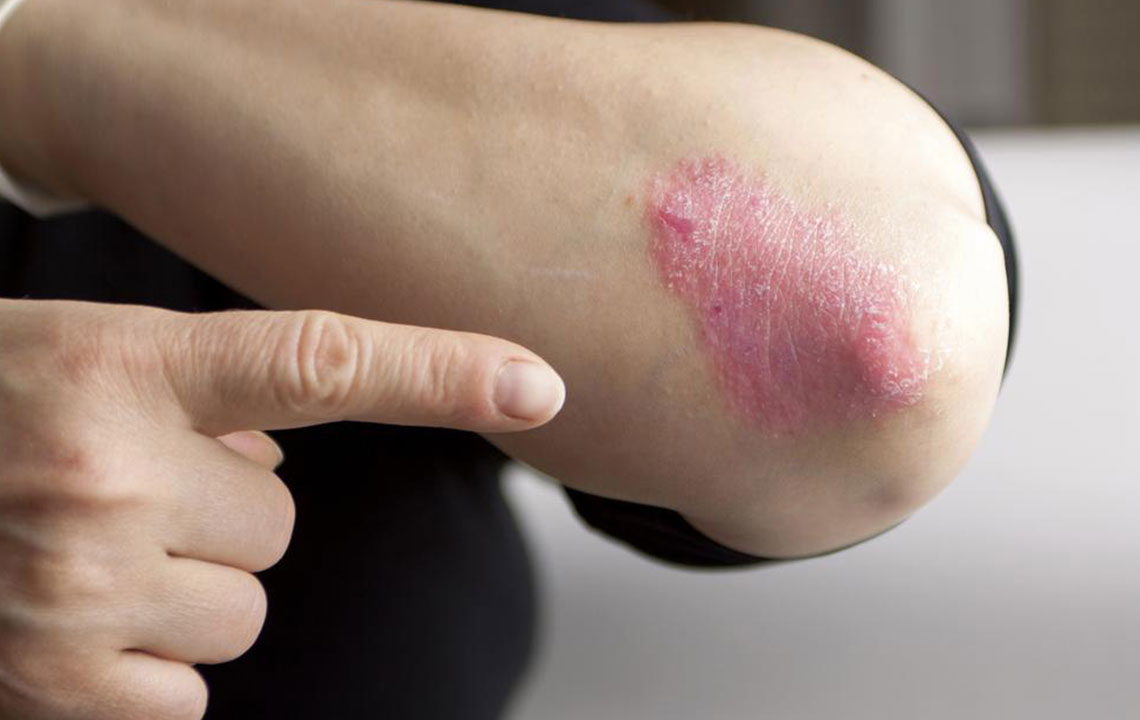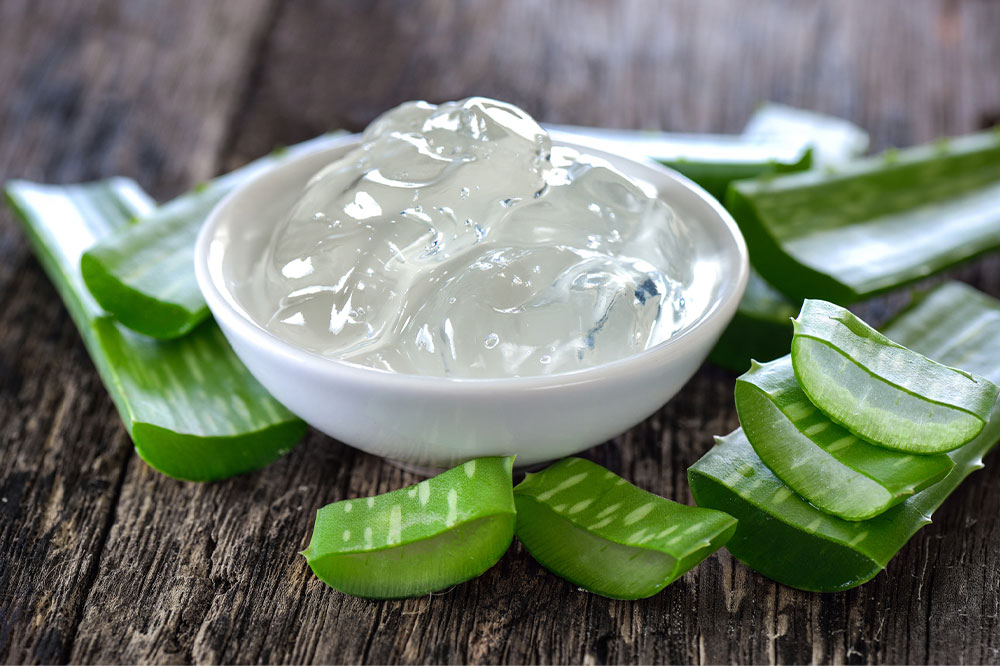Comprehensive Guide to Psoriasis: Causes, Signs, and Effective Management Strategies
This comprehensive article offers an in-depth look at psoriasis, covering its causes, symptoms, risk factors, and management strategies. It emphasizes the importance of early diagnosis, lifestyle modifications, and personalized treatments, including topical and systemic options. With ongoing advancements in therapies, those affected can achieve better control and improved quality of life. A must-read for anyone seeking detailed, reliable information about psoriasis and how to effectively manage this common yet complex skin condition.

Comprehensive Guide to Psoriasis: Causes, Signs, and Effective Management Strategies
Psoriasis is a chronic, immune-mediated skin condition that affects millions worldwide, including approximately 2.5% of the American population. An estimated 225 million people across the globe suffer from this persistent skin disorder, which can significantly impact quality of life. Although there is no known cure, understanding the disease's underlying causes, symptoms, and management options is essential for effective control and symptom relief.
What Is Psoriasis?
Psoriasis is a complex, long-term disease characterized primarily by the rapid buildup of skin cells. This abnormal cell proliferation leads to the formation of scaly, inflamed patches on various parts of the body. Because the skin renewal cycle accelerates excessively—from the typical 28 days to just a few days—the skin cannot shed dead cells efficiently, resulting in a thickened, rough surface covered with silvery scales. The condition manifests in recurrent episodes, often flaring up periodically, and currently, medical science has yet to identify a definitive cure. Instead, treatments focus on managing symptoms and preventing flare-ups.
Types of Psoriasis and Their Features
Nail Psoriasis: This form affects the fingernails and toenails, causing abnormal growth patterns. Affected nails may become discolored, develop ridges or crumbling, and sometimes detach from the nail bed. Nail psoriasis can be particularly distressing as it impacts the appearance and functionality of nails, and it may be associated with psoriatic arthritis.
Plaque Psoriasis: The most common subtype, characterized by raised, inflamed skin lesions covered with thick, silvery scales. These plaques tend to appear on the elbows, knees, scalp, and lower back. The severity can vary from minor irritation to extensive skin involvement.
Guttate Psoriasis: Presents as small, drop-shaped spots primarily on the torso and limbs, often triggered by infections or stress. It is more common in children and young adults.
Pustular Psoriasis: This rare form causes white pustules (blister-like collections of non-infectious pus) on inflamed skin, often accompanied by systemic symptoms like fever and malaise.
Inverse Psoriasis: Occurs in skin folds, such as underarms, groin, and around the genitals, presenting as shiny, smooth, red patches without scales.
Understanding the Causes of Psoriasis
The precise etiology of psoriasis remains elusive, with researchers identifying it as a multifactorial disease involving genetic, immune, and environmental factors. Immune system dysfunction plays a pivotal role, particularly involving T cells and neutrophils. In psoriasis, these immune cells mistakenly attack healthy skin cells, leading to inflammation, increased cell production, and the characteristic symptoms.
Genetics also significantly influence susceptibility. Individuals with a family history of psoriasis are at a higher risk, suggesting that certain gene mutations predispose people to the disease. Environmental triggers can include infections, injuries, medications, stress, and lifestyle factors, which may provoke or exacerbate episodes.
Risk Factors Associated With Psoriasis
Although the root causes are not fully understood, several factors have been identified that increase the likelihood of developing psoriasis or experiencing severe symptoms:
Smoking: Tobacco use can trigger immune responses that aggravate psoriasis.
Excessive alcohol consumption: Alcohol can impair immune function and worsen skin symptoms.
Chronic stress and high work pressure: Stress hormones may influence immune activity, leading to flare-ups.
History of skin infections: Conditions such as streptococcal infections can initiate or worsen plaques.
Vitamin D deficiency: Low levels may impair immune regulation and skin health.
Sunburn or excessive sun exposure: UV damage impacts skin immune responses.
Genetic predisposition: Family history notably increases risk.
Racial factors: Incidence varies among different ethnic groups.
Obesity: Excess weight can promote inflammation and trigger flare-ups.
Unhealthy diet: Poor nutrition may influence immune responses and skin health.
Medications: Lithium and certain drugs used for bipolar disorder or malaria have been linked to psoriasis onset or aggravation.
Recognizing the Symptoms of Psoriasis
Symptoms can differ considerably depending on the type and severity of psoriasis, but common indicators include:
Joint stiffness and swelling, especially in psoriatic arthritis
Red, inflamed patches of skin that are often itchy, sore, or burning
Dry, cracked skin that may bleed on severe lesions
Scaly, silvery patches that are visibly raised
Thickened, ridged nails with disfigurement or crumbling
Sometimes, small droplets of rash, particularly in children or following infections
Because psoriasis can resemble other skin conditions and may vary widely in presentation, consulting a dermatologist for accurate diagnosis and tailored treatment plans is strongly recommended. Early intervention can help mitigate progression and improve quality of life.
Management and Treatment Approaches
While there is no definitive cure for psoriasis, various treatments can effectively control symptoms, reduce flare-ups, and improve skin appearance. Treatment strategies often involve a combination of lifestyle modifications, topical therapies, phototherapy, and systemic medications.
Lifestyle and Dietary Changes: Maintaining a healthy weight, avoiding known triggers such as smoking and excessive alcohol, managing stress through relaxation techniques, and eating a balanced diet rich in fruits, vegetables, omega-3 fatty acids, and vitamin D can have a positive impact on disease management.
Topical Treatments: Corticosteroids, vitamin D analogs, coal tar, and moisturizers are frontline therapies that reduce inflammation, scaling, and dryness. These are suitable for mild to moderate cases.
Phototherapy: Controlled exposure to natural or artificial ultraviolet light can slow skin cell growth and reduce inflammation.
Systemic Medications: For severe psoriasis, doctors may prescribe systemic drugs such as biologics, methotrexate, cyclosporine, or acitretin. These medications affect the immune system and require careful monitoring due to potential side effects.
Emerging Therapies: Advances in biologics and targeted therapies have significantly improved outcomes for patients with stubborn cases. These medications specifically target immune pathways involved in psoriasis.
Overall, effective psoriasis management hinges on personalized treatment plans developed in consultation with healthcare providers, alongside patient education and lifestyle adjustments. Regular follow-up is essential to monitor disease progression and treatment efficacy.
In conclusion, psoriasis is a complex, multifaceted condition that requires a comprehensive understanding for effective management. Recognizing symptoms early, avoiding triggers, and adhering to prescribed treatments can greatly enhance patients' quality of life. Ongoing research continues to unveil new insights into its causes and evolving therapies, offering hope to millions living with this chronic skin disorder.





